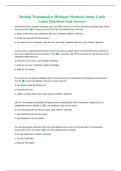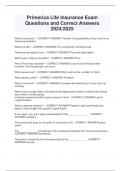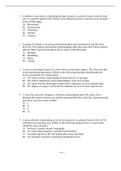Essay
Essay- Rural Life in the Poetry of Robert Frost and Seamus Heaney
- Institution
- CCEA
Read “After Apple-Picking” by Robert Frost and “Bogland” by Seamus Heaney- by close analysis of the poetic methods used and relevant contextual knowledge, compare and contrast how these poets write about rural life. This is an A Level English Literature essay which received an A, analy...
[Show more]






